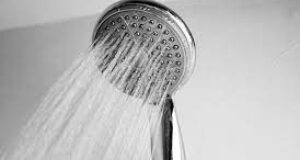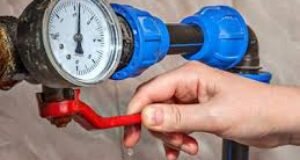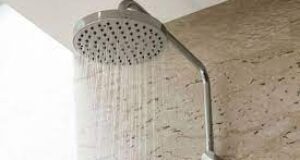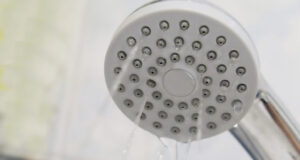Water is an essential resource for all living organisms, crucial for hydration, energy, digestion, and the functioning of our internal systems. However, just as water pollution has become a global concern, another significant water-related issue is the sudden low water pressure in houses. This problem can disrupt daily activities and may signal underlying plumbing or supply issues. Let us explore the causes, effects, and practical solutions for sudden low water pressure in houses.

What is Low Water Pressure and Why Does it Occur?
Low water pressure refers to a situation where the flow of water from faucets, showers, or other outlets is weaker than usual. It can occur in specific parts of a house or affect the entire household. The main reasons for low water pressure are:

Clogged Pipes:
Over time, mineral deposits, debris, and rust can accumulate inside pipes, reducing the flow of water.
Leaking Pipes:
Even minor leaks in the plumbing system can lead to a drop in water pressure and wasted water.
Municipal Water Supply Issues:
Problems in the municipal supply, such as maintenance work, high demand, or broken water mains, can reduce water pressure in homes.
Faulty Fixtures:
Old, clogged, or damaged faucets and showerheads can block water flow.
Partially Open Valves:
A water shutoff valve that isn’t fully open can restrict the water flow to your home.
Peak Demand Times:
In densely populated areas, water pressure often decreases during peak usage hours when many people are using water simultaneously.
Aging Infrastructure:
Older plumbing systems may struggle to maintain adequate pressure due to wear and tear or outdated materials.
Effects of Low Water Pressure
Sudden low water pressure in a house can be frustrating and inconvenient. It affects daily activities like cooking, cleaning, bathing, and watering plants. If not addressed promptly, it can also indicate larger issues such as leaks or damaged infrastructure, which may lead to costly repairs and water wastage.
Interesting Facts About Water Supply Issues
Around 70% of the Earth’s surface is covered with water, yet only 2.5% is freshwater, and a fraction of that is accessible for drinking.
Industrial waste accounts for over 70% of the pollution in water bodies globally, impacting both water quality and pressure.
The increasing population and urbanization are putting immense pressure on municipal water systems, leading to frequent low-pressure scenarios in many regions.
In some countries, such as China, millions of people lack access to clean and adequately pressurized water for daily use.
Solutions for Sudden Low Water Pressure in House
To resolve and prevent low water pressure, consider the following steps:
Inspect for Leaks:
Check your plumbing system for leaks. Look for signs like damp walls, puddles, or unusually high water bills. Repairing leaks promptly can restore normal pressure.
Clean or Replace Fixtures:
Mineral deposits can clog faucets and showerheads. Remove and clean these fixtures or replace them if they’re worn out.
Check the Shutoff Valve:
Ensure that the main water valve and other supply valves are fully open. Even a partially closed valve can cause pressure issues.
Contact Your Water Provider:
If the problem lies with the municipal supply, report the issue to your local water provider for resolution.
Flush Your Plumbing System:
Sometimes airlocks or sediment in the pipes can cause low pressure. Flushing the system by running all taps for a few minutes can help clear blockages.
Install a Pressure Booster Pump:
If the municipal water supply consistently delivers low pressure, installing a booster pump can increase the water flow in your home.
Upgrade Plumbing Infrastructure:
Replace old or corroded pipes with modern materials like PVC or PEX to improve water flow and prevent future issues.
Water Storage Solutions:
Install a water storage tank with a pump to ensure a consistent water supply during peak hours or emergencies.
Low water pressure in houses is an increasingly common issue, but with timely intervention and proper maintenance, it can be effectively resolved. Whether the cause is internal plumbing or external supply constraints, understanding the problem and implementing the right solutions can restore water flow and enhance your quality of life.
Water is a critical resource, and ensuring its availability and pressure is essential for daily living. Just as we must address water pollution to preserve this vital resource, we should also take proactive measures to tackle issues like low water pressure, ensuring every drop counts.




